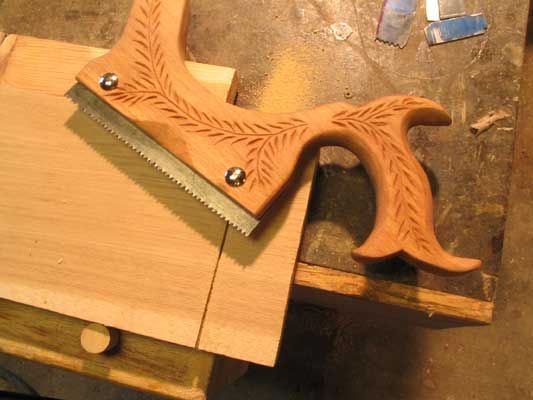GEPPETTO
Established Member
Hi All,
where... in which job.. is/was used stair saw? It was used by stairmakers? What did it work for?

where... in which job.. is/was used stair saw? It was used by stairmakers? What did it work for?



